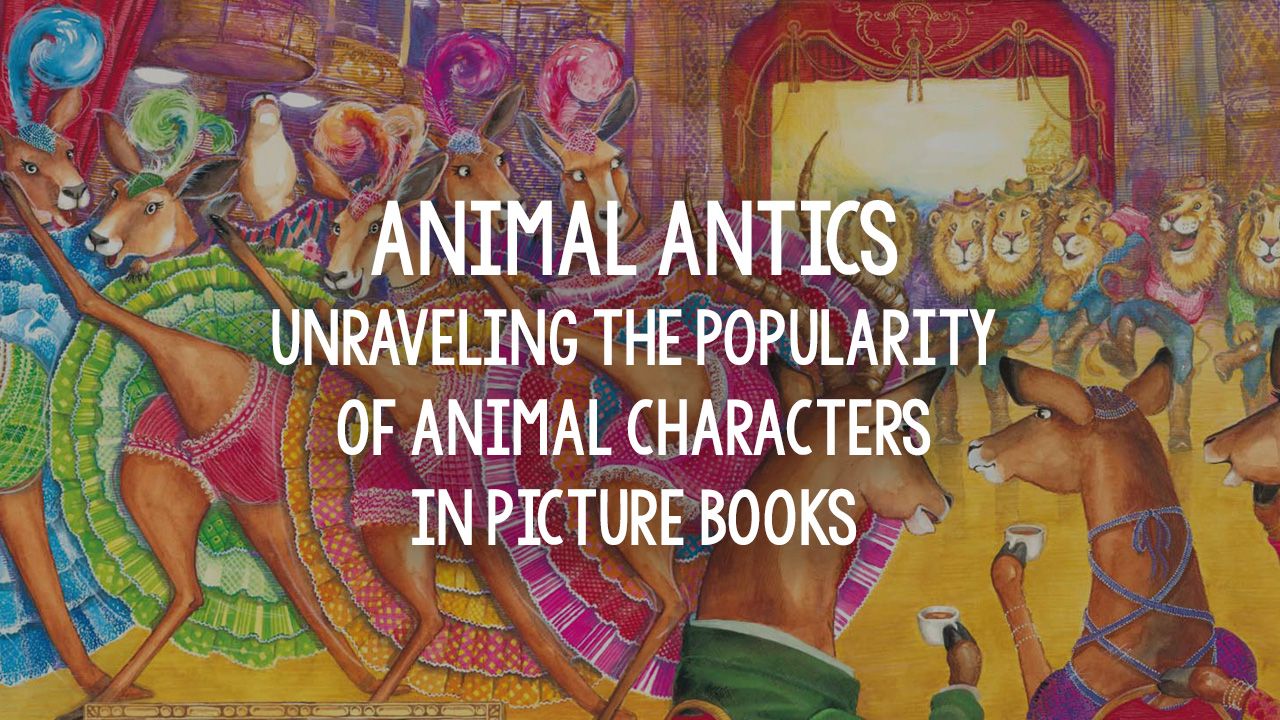Animal Antics: Unraveling the Popularity of Animal Characters in Picture Books

Animals as characters in picture books have long been popular. Fables and traditional folklore played a significant role in establishing animals as beloved characters in picture books. Fables, such as Aesop's timeless tales, have used animal characters to convey moral lessons and universal truths.
Animals possess inherent qualities and behaviors that lend themselves well to storytelling. Their natural instincts, distinctive physical traits, and diverse habitats offer a rich tapestry for authors and illustrators to weave imaginative narratives. From the mischievousness of curious monkeys to the loyalty of noble wolves, animal characters provide endless opportunities for adventure, humor, and emotional connections within the pages of picture books.
Here are a few key reasons why animals are often chosen as characters in picture books:
Relatability
Animals can be relatable to young readers as they often exhibit human-like behaviors and emotions. Children can connect with animal characters and see aspects of themselves reflected in their experiences, making it easier to engage with the story.
Transcend Barriers
The enduring appeal of animal characters in picture books can also be attributed to their ability to transcend barriers and create a sense of inclusivity. Animals, unlike human characters, are not bound by specific gender, race, or societal expectations. This allows readers from diverse backgrounds to connect with the characters on a more universal level, fostering empathy and understanding.
Universality
Animals have a universal appeal and can be recognized and understood by children across different cultures and backgrounds. They provide a common ground that transcends specific cultural or societal contexts, allowing for broader accessibility and relatability.
Imagination and Creativity
Animals offer endless opportunities for imaginative storytelling. They can be anthropomorphized, giving them human characteristics and allowing authors and illustrators to explore a wide range of emotions, personalities, and adventures that captivate young readers' imaginations.
Learning Opportunities
Animals in picture books can provide educational value. They can introduce children to different species, habitats, and natural environments, fostering a love and curiosity for the natural world. Animal characters can also teach valuable life lessons, such as friendship, bravery, and empathy.
Emotional Connection
Animals often evoke strong emotional responses from children. Whether it's a cuddly bear, a mischievous monkey, or a loyal dog, animal characters can elicit empathy, affection, and emotional connections that enhance the reading experience.
So, whether it's a courageous lion, a clever fox, or a whimsical unicorn, let's celebrate the enduring charm and popularity of animal characters in picture books. These lovable creatures have a way of capturing our hearts and transporting us to magical worlds filled with laughter, adventure, and valuable life lessons.
The next time you open a picture book and encounter an animal character, remember the power they hold. They have the ability to spark our imagination, teach us about the wonders of nature, and bring us closer together by embracing our shared humanity.
So, go ahead and dive into the animal antics within the colorful pages of picture books. Immerse yourself in the joy of storytelling and let these beloved characters run wild.
Happy reading and may your imagination run wild!




